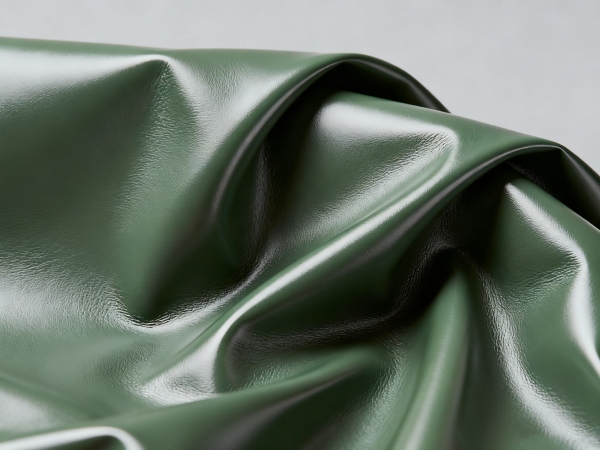Basic Composition of PVC Coated Fabric
PVC coated fabric is a composite material made by combining a polyester base cloth with a polyvinyl chloride (PVC) coating layer. The coating process creates a strong bond between the fabric and the plastic layer, resulting in a durable, waterproof, and flexible textile. In many cases, the surface is also treated with a protective lacquer layer to improve resistance to UV light, dirt, and abrasion.
This multi-layered structure allows PVC coated fabrics to maintain excellent mechanical strength while being lightweight and easy to clean, making them ideal for tarpaulins, tents, truck covers, inflatable products, and architectural membranes.
The Role of the Base Fabric
The base fabric is the foundation of PVC coated material and largely determines its tensile strength, tear resistance, and flexibility.
Most commonly, the base is made from polyester (PET) fibers, which offer an excellent balance of durability, cost-effectiveness, and dimensional stability.
In higher-end applications, nylon or aramid fibers may be used for extra strength or heat resistance. The weave density of the base fabric (measured in denier or tex) directly affects the overall strength — a tighter weave means better mechanical properties but can increase weight and stiffness.
The Purpose of the PVC Coating Layer
The PVC coating gives the fabric its distinctive waterproof, weatherproof, and chemical-resistant properties. During production, molten PVC resin is evenly applied to one or both sides of the base cloth through methods such as knife coating or calendering.
This coating not only seals the fabric’s pores but also creates a smooth surface that can be glossy or matte, depending on the finish.
The PVC layer protects the base fabric from UV radiation, humidity, dirt, oils, and industrial chemicals, ensuring long-lasting performance even in extreme outdoor conditions. Some coatings are specially formulated to improve flame retardancy or color retention, depending on the final application.
Common Additives Used in PVC Coated Fabrics

To enhance performance, various additives are mixed into the PVC resin before coating. These additives give the material its unique flexibility, color, and lifespan. Common examples include:
- Plasticizers – Increase softness and flexibility.
- UV stabilizers – Prevent fading and degradation caused by sunlight.
- Antioxidants – Protect the material from heat and oxidative aging.
- Flame retardants – Improve fire safety for tents and building membranes.
- Pigments and dyes – Provide customized colors and surface finishes.
These additives allow manufacturers to tailor the fabric’s physical and chemical properties to meet the demands of different industries, from construction to transportation.
Different Types of PVC Coated Fabrics by Structure or Use
PVC coated fabrics come in many types depending on coating method, thickness, and intended application.
1. Single-side coated fabric is lightweight and used for banners or awnings.
2. Double-side coated fabric offers full waterproofing for truck tarpaulins and industrial covers.
3. Knife-coated fabric (also known as PVC tarpaulin or PVC coated polyester) provides excellent uniformity and durability.
4. Laminated PVC fabric is more economical, made by bonding PVC films to the fabric with heat or adhesive.
Each type has its advantages, but knife-coated materials are generally preferred for heavy-duty or long-term outdoor use due to their superior bonding strength.
How Material Composition Affects Performance and Quality
The quality of PVC coated fabric is strongly influenced by the balance between fabric density, coating thickness, and additive content.
A thicker coating improves waterproofing and tear strength but can reduce flexibility. A higher-quality polyester base improves dimensional stability and extends the fabric’s service life.
In contrast, low-quality PVC compounds with insufficient stabilizers may harden or crack over time under UV exposure.
Therefore, buyers should always check key specifications — such as GSM (grams per square meter), tensile strength, adhesion, and colorfastness — before selecting PVC coated fabric for industrial or outdoor applications.






























